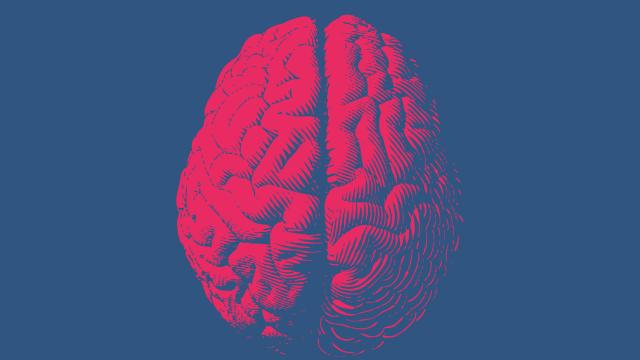People might be more hotheaded than we thought. In new research this week, scientists say they were able to create the first maps of healthy people’s brain temperatures. Their findings indicate that brain temperature varies widely depending on many factors, like the time of day and region of the brain, but that it’s typically warmer than the rest of our body.
The study was conducted primarily by researchers at the Medical Research Council (MRC) Laboratory for Molecular Biology in the UK. They analysed brain temperature data from two groups of people: patients in intensive care who had their brains scanned as part of an earlier project studying traumatic brain injuries, and healthy volunteers who signed up to have their brains scanned for this current study. Both groups had their temperatures taken over the course of a day, in the morning, afternoon, and evening.
Overall, the average brain temperature for both groups was right around 38.5 degrees Celsius, which was higher than their temperature taken orally. But there was a lot of variability in the readings. People’s brain temperature was typically lower at night, for instance, and higher in the deeper regions of the brain than near the surface. Women and older people tended to have higher temperatures as well. The team’s findings are published in the journal Brain.
Other research has shown that our body temperature isn’t quite as static as people assume, and that it often varies from the supposed gold standard of 37 degrees Celsius. But most of our knowledge about the brain’s heat comes from studying people in the hospital, since it’s much easier to monitor them constantly. Newer techniques have made it much easier to non-invasively take the brain’s temperature, and using these findings, the team was able to produce a 4D temperature map (showing changes over space and time) of the healthy brain, which they’ve dubbed HEATWAVE.
The findings will have to be validated by other researchers, but they could have important medical implications. For one, it’s long been assumed that having a hot brain in general can raise the risk of serious complications. But in healthy brains, the team observed that temperatures could go high as 40.9 degrees Celsius with seemingly no problems. And even in patients who were in critical condition, the team didn’t find a clear link between higher brain temperature and their odds of survival. What did appear to be more predictive of survival was whether a patient’s brain temperature was changing as expected throughout the day — their rhythm, in other words.
“We found that brain temperature drops at night before you go to sleep and rises during the day. There is good reason to believe this daily variation is associated with long-term brain health — something we hope to investigate next,” said study author John O’Neill, Group Leader at the MRC Laboratory for Molecular Biology, in a statement.
If their hypothesis does turn out to be true, the researchers say, then it may one be possible to better diagnose brain disorders via temperature variation or to improve current treatments.
